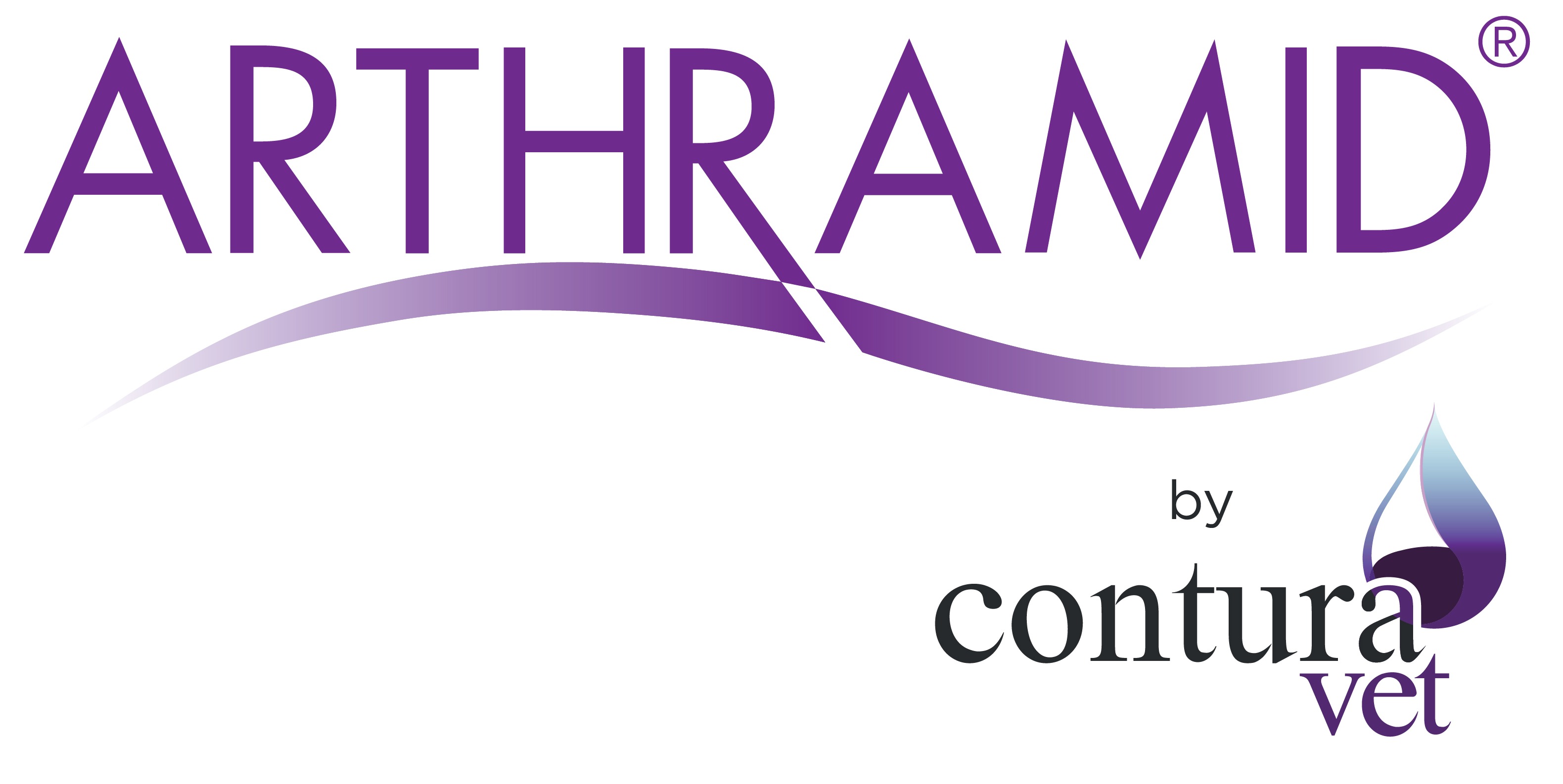Saddle Fit Assessment for Equine Veterinarians
Species
Equine
Contact Hours
4 hours - RACE Approved
Early Booking Deadline
Thu, 01 January, 1970
Registration Deadline
Thu, 01 January, 1970
Language
English
Discipline
Diagnostic Imaging
Orthopaedics
Sports Medicine
Industry Partners
Global


Veterinary Partners
Global



Recorded: November 2021
| Speaker | Title | Duration |
| Kay Hastilow | Fitting Saddles: The Essential Guide - Conformation, Back Assessment & Movement | 20 min |
| Kay Hastilow | Fitting Saddles: The Essential Guide - (Tree types, Panels and Strapping) | 45 min |
| Kay Hastilow | Fitting Saddles: The Essential Guide - Assessing (new and used) Saddles | 15 min |
| Kay Hastilow | Q&A and Case Discussions - Module 1 | 30 min |
| Kay Hastilow | Fitting Saddles: The Essential Guide - Recognition of a good fit | 25 min |
| Kay Hastilow | Fitting Saddles: The Essential Guide - (Templating, Measurements & Rider influence) | 25 min |
| Kay Hastilow | Fitting Saddles: The Essential Guide - Troubleshoot | 30 min |
| Kay Hastilow | Q&A and Case Discussions - Module 2 | 30 min |
ONLINE LECTURE CONTENT
The purpose of this webinar series is to teach equine veterinarians how to recognise poorly and well-fitting English-style saddles and to illustrate how saddle fit can affect a horse’s behaviour, gait and soundness.
The anatomy of a English-style saddle with all its components will be discussed and how different types of trees, panels and girths and materials affect saddles and their fit in horses with variable back conformations, muscling, body conditions and possible asymmetries.
There is far more to a correctly fitting English-style saddle than having a ‘3-finger clearance’ at the front of the saddle. The wrong type or shape of tree, panel or girthing and/or an incorrect saddle balance can lead to discomfort, bad behaviour or even lameness. This can be further compounded by the rider through an unbalanced saddle, or simply due to limited rider ability…
A myriad of English-style saddles shapes will be shown, and how these can affect individual horses positively or negatively, depending on their individual conformations.
Whilst not trying to turn equine veterinarians into saddle fitters, this series will highlight how much a qualified saddle fitter needs to take into consideration when fitting a saddle and how certain problems encounter by vets could well be saddle related.
Kay Hastilow has included some links to eye-opening, validated research carried out by Centaur Biomechanics (Warwickshire, UK) on various aspects of saddlery, rider influence and horse movement.
Module 1
The first series of lectures illustrate how to take into consideration a horse’s conformation, its shoulders, back and girth region and to assess these areas for discomfort, injury or asymmetry. A gait assessment will furthermore reveal any gait abnormalities that could influence the saddle fit, or possibly indicate an underlying medical problem requiring veterinary attention prior to the fitting of a saddle.
This will be followed by a review of the different English-style saddle components and materials, the difference in shapes of trees and panels and how these, combined with girth strap positioning, influence the saddle fit.
Assessment of an English-style saddle for ‘soundness’ and straightness will wrap up this module. Broken trees are surprisingly common, and many saddles are not straight through the tree or panels. Either of these factors can severely affect a horse’s performance and even lead to lameness under saddle, which might be in stark contrast to the horse’s gait in hand or on the lunge.
Module 2
This module will start with how to recognise a good fit of English-style saddles in a horse. Keeping in mind the anatomy of a saddle tree (Module 1), the taught method will allow you to assess if an English-style saddle is well-fitting or if it is at risk of interfering with the horse’s movement.
The next section will focus on taking templates and measurements to illustrate how the horse’s withers/back conformation, muscling, body condition and possible asymmetries should be interpreted and factored into an English-style saddle’s fit.
The following lecture on rider influence will show how a rider’s bodyweight and/or asymmetric weight distribution due to lack of riding skills can adversely affect a horse’s performance.
The final lecture on ‘trouble shooting’ will highlight some of the problems that are encountered when fitting an English-style saddle and will offer solutions on how to best address them.
Kay has been a saddler for over 50 years. Initially working on the bench making saddles and bridles, she started to specialise in saddle fitting in the early ‘70s having seen the effect quite minor changes to the saddles had on her show jumping horses. She is a Master Saddler and was recently amongst the first group of people to be awarded the new qualification of Master Saddle Fitter from The Society of Master Saddlers (UK). Semi-retired from regular saddle work, she spends her time teaching and speaking on the subject of saddle fitting and is lead lecturer for the Society of Master Saddlers on their International Qualified Saddle Fitter courses.
More InfoVeterinary Student
Online Lecture Series
USD 45.00
Qualified Vet
Online Lecture Series
USD 230.00
Intern/Resident/PhD (Requires proof of status)
Online Lecture Series
USD 175.00
Vet Nurse/Vet Tech (Requires proof of status)
Online Lecture Series
USD 175.00
If the options you are looking for are unavailable, please contact us.
No tax will be added unless you are a UK taxpayer
Choose currency at checkout















